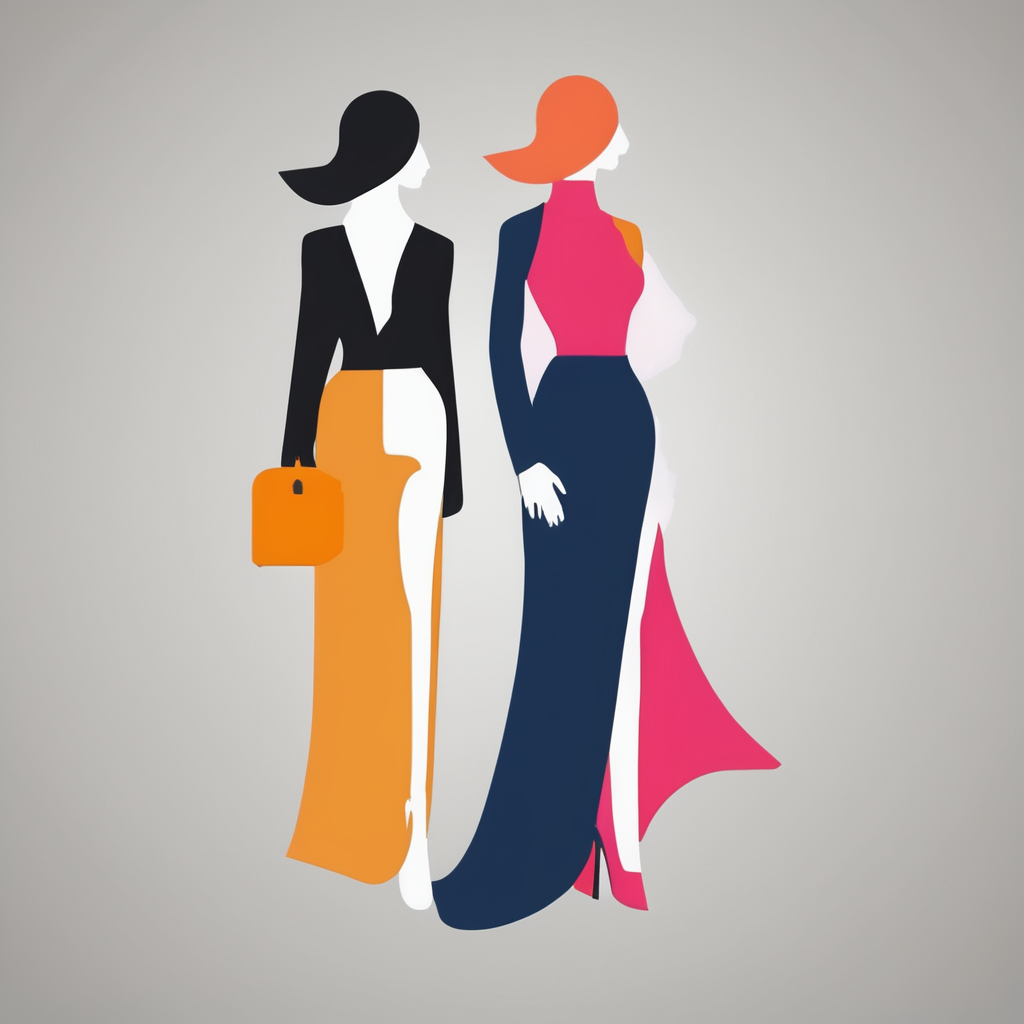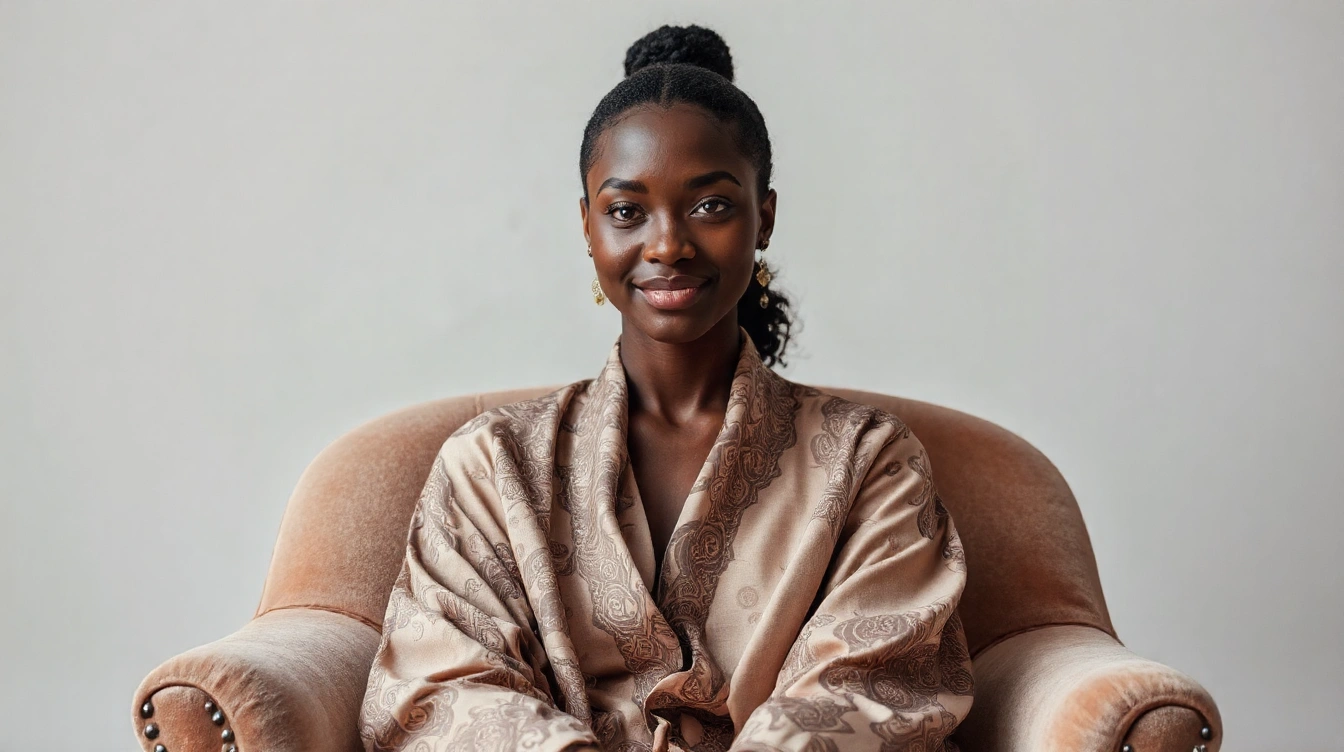Current Beauty Standards in UK Fashion
The UK fashion beauty standards today present a complex blend of traditional ideals and evolving perspectives shaped by social and cultural factors. Historically, traditional beauty ideals in the UK emphasized slim figures, clear skin, and symmetrical facial features, reflecting longstanding Western norms. These ideals have deeply influenced the UK fashion industry, which for decades favored models and campaigns that aligned with this narrow definition.
However, in recent years, there has been a noticeable shift. The UK fashion industry is increasingly embracing diversity and inclusivity, responding to calls for broader representation. Despite this progress, media and advertising still play a powerful role in shaping public perceptions. Fashion magazines, runway shows, and online platforms often perpetuate certain beauty standards through repeated imagery and messaging, reinforcing what is considered desirable or fashionable.
Also read : How can UK women create a capsule wardrobe with ethical brands?
At the same time, discussions around body positivity and authenticity challenge these norms, advocating for acceptance of varied body types and ethnic backgrounds. This ongoing tension illustrates how UK fashion beauty standards remain a dynamic field, balancing between traditional expectations and emerging, more inclusive ideals. The impact of media ensures that these standards continue to influence individual self-image and broader cultural trends.
Women’s Influence in Reshaping Beauty Ideals
Women challenging beauty standards in the UK have been pivotal in transforming the long-held notions of beauty and fashion. Their efforts have questioned rigid, homogeneous ideals, championing diversity and inclusivity. This shift is evident in the way gender roles in fashion have evolved, allowing for more fluid and personalized expressions of identity.
Additional reading : What are the emerging beauty trends among UK fashion influencers?
Female empowerment in UK fashion is not just a trend but a sustained movement. Key women leaders and activists use their platforms to highlight underrepresented groups and promote body positivity. Campaigns spearheaded by women advocate for wider representation, pushing designers and media to embrace a broader range of shapes, sizes, ethnicities, and ages.
Notable female influencers have leveraged social media reach and cultural capital to inspire change. Their impact is visible both on runways and in everyday conversations around beauty. By celebrating authenticity over conformity, these women contribute to a more inclusive fashion landscape that respects individual differences rather than enforcing one-size-fits-all standards.
Brands and Initiatives Driving Change
In the UK fashion industry, several inclusive fashion brands UK are at the forefront of enhancing diversity in fashion. These brands actively challenge conventional beauty standards by showcasing models of varying ethnicities, body sizes, ages, and gender identities. Their campaigns go beyond tokenism, representing a genuinely broad spectrum of people.
Standout UK fashion campaigns often emphasize body positivity and inclusivity by featuring unretouched images and celebrating natural body shapes. This approach resonates with a wider audience, encouraging acceptance and self-love. Many inclusive fashion brands UK collaborate with activists and advocacy groups, creating a robust alliance that pushes for systemic reform in the industry. These partnerships ensure that inclusivity is not just a marketing strategy but a sustained commitment to social change.
By amplifying diverse voices and experiences, these initiatives inspire other UK brands to adopt similar values. The collective movement is reshaping the fashion landscape, making it more welcoming and representative of all consumers.
Practical Strategies for Redefining Beauty Standards
Empowering women to reshape the narrative around beauty in UK fashion starts with individual and collective action. Women can take practical steps such as embracing diverse personal styles that challenge traditional ideals, supporting brands that showcase inclusivity, and sharing authentic experiences that highlight varied definitions of beauty. This grassroots approach sets the foundation for wider cultural change.
Leveraging social media and community building plays a crucial role in amplifying these efforts. Platforms like Instagram and TikTok enable women to showcase real beauty stories and engage in conversations that question narrow beauty norms. By creating and participating in online communities, women gain support and visibility, building momentum for redefining beauty standards through shared voices and creative expression.
Collaboration with organisations dedicated to promoting diversity in fashion further strengthens these initiatives. Partnering with advocacy groups, designers, and fashion events can increase the reach and effectiveness of campaigns focused on inclusivity. These alliances not only raise awareness but also encourage systemic changes within the UK fashion industry, making beauty standards more representative and empowering for all women.
The Role of Media and Industry Experts
Media influence plays a pivotal role in shaping public perception of diversity and inclusion within the fashion industry analysis UK. Numerous studies reveal that UK fashion media often underrepresents minority groups, with diversity statistics indicating a significant imbalance in both models featured and editorial voices. This lack of representation perpetuates narrow beauty standards, affecting consumer attitudes and industry practices alike.
Expert commentary from thought leaders in fashion highlights that media outlets must not only reflect but actively promote inclusivity. Industry experts argue that the media’s portrayal has the power to either reinforce stereotypes or challenge them by showcasing a broader spectrum of identities and styles. This is especially crucial in the UK, where the fashion scene is a mosaic of cultures and backgrounds.
Moreover, cultivating media literacy among audiences is essential to shifting these entrenched perceptions. When consumers critically engage with fashion content, they are better equipped to recognize biases and demand more authentic representation. This awareness fosters an environment where innovation in fashion can thrive by embracing diversity as a core value rather than a token gesture.
By integrating insightful expert commentary with a data-driven analysis of current media trends, we see a clear pathway toward a more inclusive fashion industry poised to reflect the true variety of the UK’s population.

